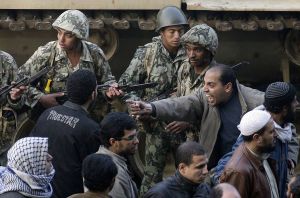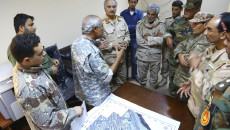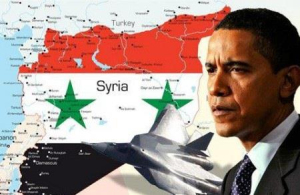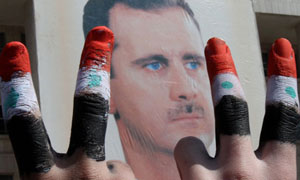After the last few days, one could say that the military junta that holds Egypt’s fate in its hands is walking down the same road as Syria’s Bashar al-Assad: it might maintain power but it’s lost all legitimacy. And the resignation of Prime Minister Essam Sharaf and his government, promptly accepted by the generals, is another nail in the coffin of a failed experiment.
In February, when dictator Hosni Mubarak fell from power after 18 days of demonstrations andprotests, the chant “Students and soldiers are one hand!” rose up frequently from the crowds. Now, the love is gone, forever drowned in the blood of the dozens slain and thousands wounded inthe clashes that are igniting a growing number of cities, from Cairo to Alexandria, from Suez to Ismailia, from Qena to Assiut. Maybe the youth movements behind the first protests were being too naive, or maybe it was inevitable at that point for the armed forces to be perceived as indispensable in ensuring continuity after the end of a regime that had lasted thirty years.
But the junta headed by Marshal Hussein Tantawi and consisting of generals who a few short weeks earlier had been among Mubarak’s loyal followers failed in its task and missed its historic opportunity. Its mission was to prevent the country’s collapse and to democratically usher it toward a serious reform policy and a civilian government. That hasn’t happened.
The constitutional reform approved by referendum on March 21st with 77% approval was a first step. Unfortunately, it was the only step. Day after day, uncertainty after uncertainty, repression after repression, the military has forfeited the affection of all the political and social classes. The reformists feared the elections that were called for November (and made possible by the constitutional reform itself) and knew that when the vote came they would pay dearly for their disorganization. A substantial minority, such as Christians (10% of the population) felt abandoned in the face of resurgent Islamism. The Muslim Brotherhood saw the discontent of its middle and working class base who, in a different yet serious manner, paid for the lack of liberalizations in the form of a severe economic crisis. Moreover, these liberalizations cannot bemade unless the military releases its grip on entire economic sectors, which are controlled by the generals and backed by the state to the detriment of the public coffers.
The result is a demonstration to be held in Tahrir Square, one that will draw a million people to the streets. And a goodly 35 movements with very different driving forces (with the Muslim Brotherhood taking a stand alongside the left) will be coming together not to hold a protest but to lash out at the regime of generals. And so, while the West was coming out with the usual rigmarole about the risks of Islamic extremism, in Egypt, just like in Syria, the bloodshed is coming from the secular extremism of a militarized government. Suddenly, no one’s asking if the people killed were Christians, although it’s more than likely that there are many of them among the kids in Tahrir Square.
In any case, how easy it was to foresee that the minimal objectives of the European and American powers (unpleasant dictators removed, a few superficial reforms, intervention where there’s oil and indifference where there isn’t oil) risk complicating the situation. Syria has been teetering for months and Egypt is well on its way. Helping the Arab Spring with more determination and doing so right from the start would have caused less damage.
 Tahrir Square.
Tahrir Square. 


